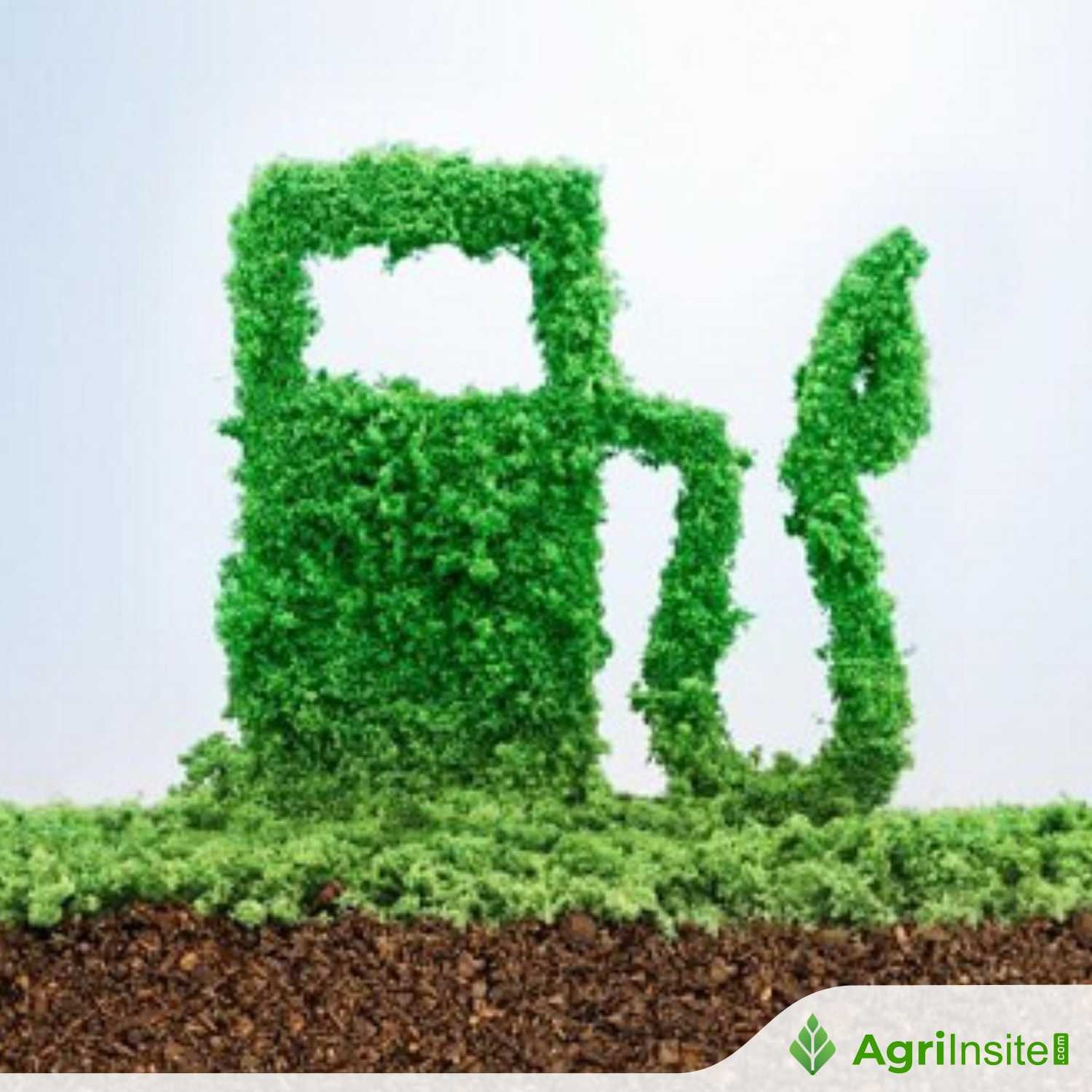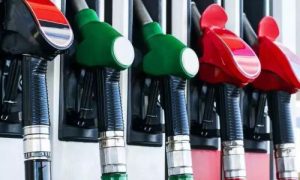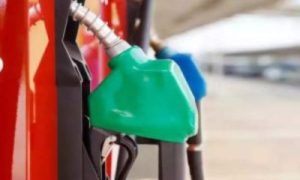India eyes higher ethanol blend post-2025 mandate

The Indian government has started discussions to create a post-2025 roadmap for raising ethanol blends in gasoline beyond 20%, said Petroleum Minister Hardeep Singh Puri at the 12th CII Bioenergy Summit. With the 2025 target likely to be met, the government aims to further boost ethanol production, supporting both the domestic sugar industry and agricultural sector.
The Indian government has begun discussions to develop a post-2025 roadmap to further raise the ethanol blend in gasoline from 20%, said Hardeep Singh Puri, Minister of Petroleum and Natural Gas in an industry event on Oct. 14.
Register Now Talk of raising the blend target has come about as the 2025 target of 20% appears likely to be met, the oil minister said at the 12th CII Bioenergy Summit in New Delhi.
“I am not in a position to make announcement but I can tell you there are lot of people in Government of India including me, who are already working about preparing a roadmap for the post 20 per cent blending after 2025,” he said.
India may be able to produce enough ethanol to support a higher blending percentage with its existing ethanol production infrastructure, according to market sources.
This increased ethanol production could also boost the domestic sugar industry, which is a key source of feedstock for ethanol thereby boosting the agricultural sector.
The minister shared notable results from the ethanol program, revealing that from 2014 to August 2024, it has led to foreign exchange savings of 1,060 billion rupees with a reduction of CO2 emissions by 54.4 million mt, and a crude oil substitution of 18.1 million mt.
During the event, Minister Puri predicted that India’s robust economic growth will account for 25% of global energy demand over the next two decades. He stressed that bioenergy will play a vital role in meeting this demand while also supporting climate goals and rural development.
Emphasizing India’s agricultural strength and vast biomass potential as key to the transition to clean energy, Puri stated that India is recognized as an agricultural powerhouse, being a leading producer of rice, wheat, cotton, sugar, and various horticultural and dairy products.
He mentioned that the country has over 750 million mt of available biomass, with about two-thirds used for domestic purposes like cattle feed and compost
The oil ministry also noted that India’s status as a major biofuel producer and consumer has been bolstered by coordinated policies, political support, and abundant feedstocks.
He cited the International Energy Agency forecast predicting a growth potential of 3.5-5 times for biofuels by 2050 due to net-zero targets, representing a substantial opportunity for India.
Indian government’s ambitious SAF targets, aiming for 1% blending by 2027 and 2% by 2028 were also highlighted at that event.
Platts, part of S&P Global Commodity Insights, assessed SAF production costs in Southeast Asia at $1,725.41/t on Oct. 14, rising $1.67/t from the previous day.
















